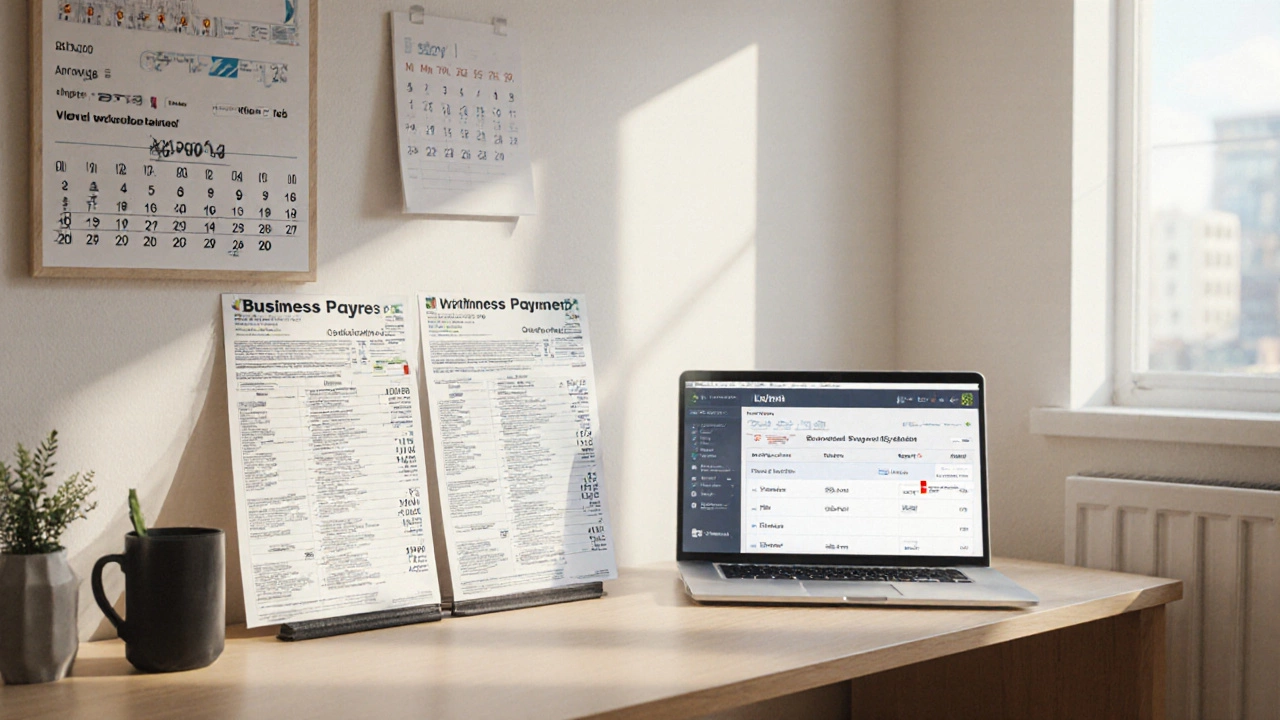Owner's Draw Explained – Simple Guide for Rental Property Owners
If you own a rental property or run a small real‑estate business, you probably wonder how to pull cash out without messing up your books. That cash you take for personal use is called an owner's draw. It isn’t a salary, it isn’t a dividend, and it isn’t a loan – it’s simply money you move from the business bank account to your personal account.
What Is an Owner’s Draw?
Think of your rental business as a bucket of income and expenses. After you pay mortgage, insurance, repairs, and taxes, whatever is left is profit. An owner’s draw is the portion of that profit you transfer to yourself. Because you’re not an employee, the IRS doesn’t treat the draw like wages, so you don’t withhold payroll taxes at the time of the transfer.
That doesn’t mean the draw is tax‑free. At year‑end, the profit (including any draws) flows onto your personal tax return on Schedule C or Schedule E, depending on how you’ve structured the business. The key is to keep the draw separate from business expenses so you can prove that the money left the business legitimately.
How to Calculate and Record Your Draw
Start with your monthly profit projection. Let’s say your rental brings in £2,500 after all operating costs. If you want to take £800 for personal use, record that as an owner’s draw in your accounting software. Most programs have a dedicated “Owner’s Draw” account under equity – choose it, enter the amount, and the software will reduce your equity balance.
Make the transfer from the business account to your personal account, then attach a short note (e.g., “Jan 2025 draw”) for future reference. Consistency matters: draw the same amount each month or adjust based on cash flow, but always document the change.
Don’t mix draws with business expenses. If you accidentally pay a repair bill with personal funds, you’ll need to reimburse the business later, and that creates extra paperwork. Keep a clear line: business pays business, you pay yourself.
Tax Tips and Common Pitfalls
Because draws aren’t taxed at the moment you take them, many owners think they can pull out as much as they want. The reality is you can only draw what the business actually earns. Over‑drawing can leave the company cash‑strapped, forcing you to take a loan or miss a mortgage payment.
On your tax return, the profit of the rental business is taxed whether or not you took a draw. That means you could owe tax on £2,500 even if you only drew £800. To avoid surprises, set aside a portion of profit (often 30 % for UK tax) in a separate savings account for the tax bill.
If you operate as a limited company, the rules shift. You’d usually take a salary and dividends, not an owner’s draw. The term “owner’s draw” mainly applies to sole traders and partnerships. Check your business structure before deciding which method fits.
Lastly, keep receipts for any major expenses you reimburse yourself for. Those aren’t draws but reimbursements, and they should be logged under a different accounting category. Mixing these up can trigger an audit.
In short, an owner’s draw is a simple way to move profit into your pocket, but you need a solid tracking habit and a tax‑saving plan. Stick to these basics, and you’ll keep your rental business healthy while enjoying the cash you’ve earned.

